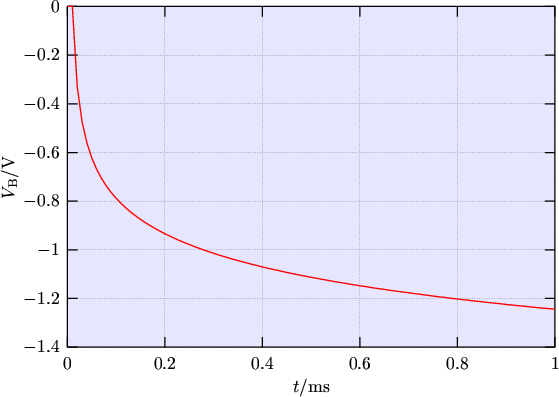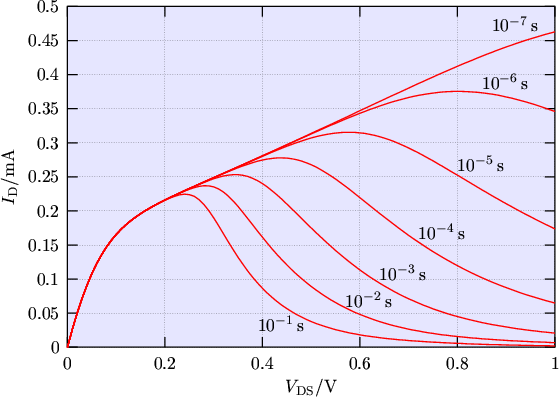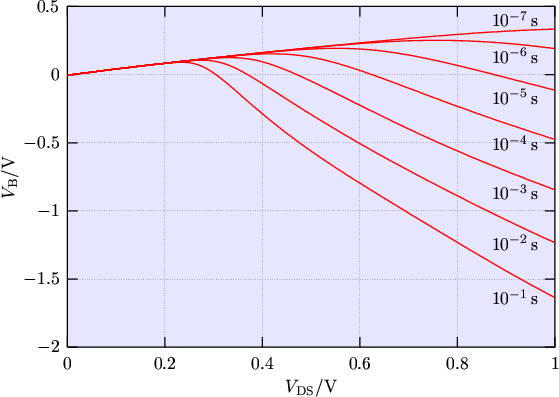|
|
|
|
Previous: 4.5 Cause of the Effect Up: 4. Standard Energy Transport Simulations Next: 4.7 Doping Dependence |
 |
Due to the very small current produced by the injected electrons, the decrease of the body
potential is quite slow. The drain current obtained for different ramp-functions for the
drain voltage ![]() can be seen in Fig. 4.18. The sweep-time in this figures
ranges from
can be seen in Fig. 4.18. The sweep-time in this figures
ranges from
![]() to
to
![]() .
.
 |
In Fig. 4.19 the time-dependence of the body potential is shown with the sweep time as parameter. First the body potential increases because of the capacitive coupling to the drain. Then the parasitic DC current due to hot carrier diffusion begins to dominate over the displacement current and charges the body negatively.
 |
From Fig. 4.18 and Fig. 4.19 it can be seen that a possible transient measurement of the effect has to use a moderately long sweep-time.
M. Gritsch: Numerical Modeling of Silicon-on-Insulator MOSFETs PDF